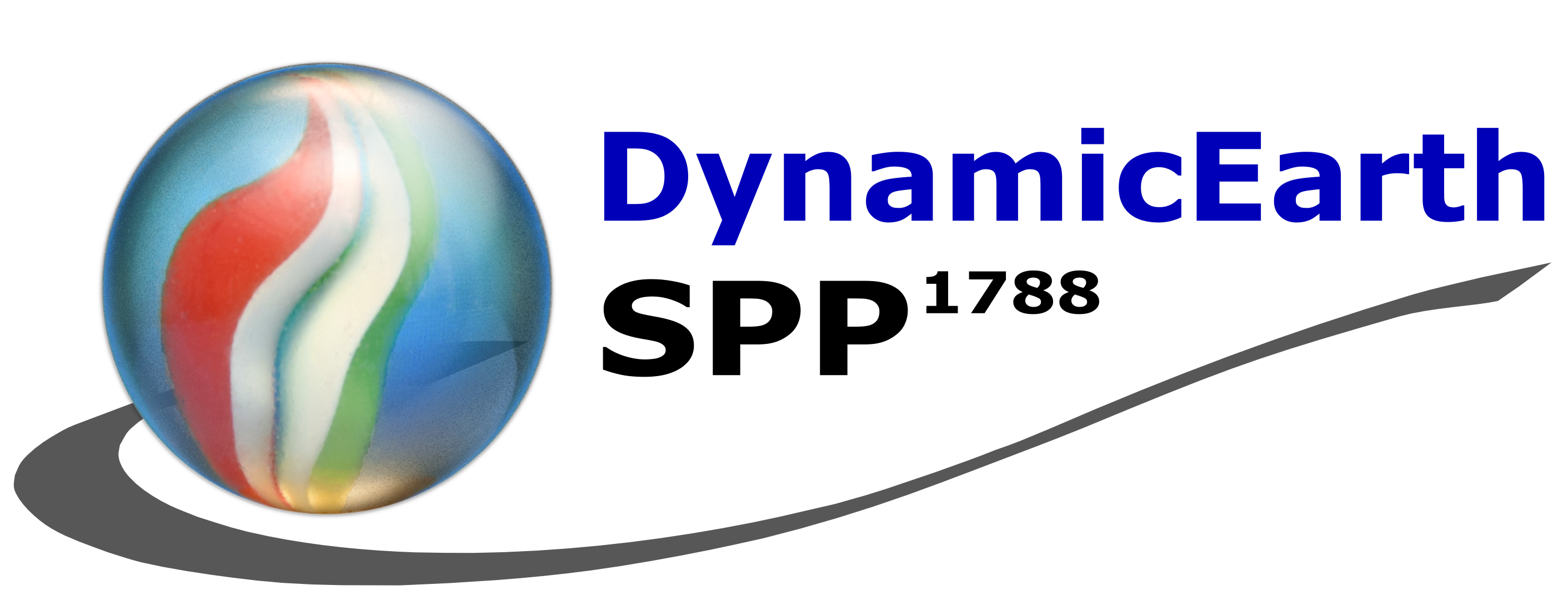The proposal is presenting a continuation of the work on the magnetic lithosphere on a global scale, which started in the first phase of the SPP in the project “Structure of the magnetic lithosphere from global analysis of satellite data”. The first project aimed at estimating the properties of the magnetic lithosphere on a global scale (magnetization, thickness, composition) from joint analysis of gravity and magnetic satellite data in combination with seismic results. The current representation of the magnetic lithosphere, the part of crust and upper mantle that can contain magnetization, is used here as a-priori information in the inversion of aeromagnetic data. The aim is to build hybrid models that can explain the different spectral domains represented by satellite and aeromagnetic observations. An important element is to extend existing inverse modelling codes to be able to handle multiple data sets in a consistent manner and to study in a Bayesian framework the cross-dependencies between the different elements influencing the inversion results. The inverse code will be tested against synthetic examples based on the real 3D Earth description from the first SPP phase and realistic implementation of more local information. Next, the inversion will be applied to regional aeromagnetic compilations (e.g. Circum-Arctic, Antarctica, Australia, Canada) to achieve high-resolution magnetization models. The influence of constraints from petrophysical data and other geophysical methods will be studied carefully to provide uncertainties on the obtained results. This is for example important to define a confidence level of any geologic interpretation that is further on used for studies addressing heat-flow or other. A related aspect is a study element addressing the gain by new satellite configuration with respect to change in orbit for the existing Swarm satellites and the extended Swarm mission period and the possible benefit from additional satellites at lower orbit height.
